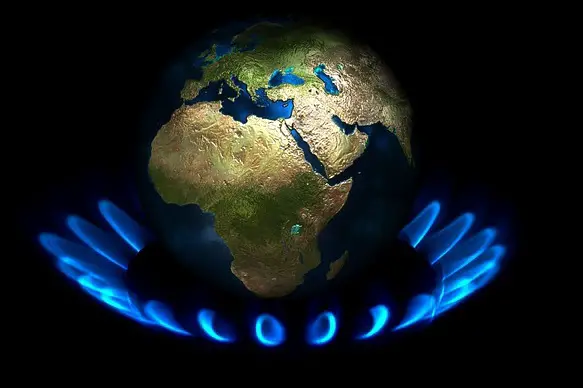In a report this week, Reuters revealed that Chinese liquified natural gas (LNG) importers have been signing new contracts with suppliers on the world market in an effort to increase Beijing’s presence on the global market for the super-chilled fuel.
The news agency noted that gas traders in China have been forming new trading desks and expanding existing ones on Singapore and London, which has put them in direct competition with such sector heavyweights as Shell, BP, TotalEnergies, and Equinor.
According to traders and analysts, the Chinese importers are also increasing the length of their long-term LNG contracts with Qatar and US suppliers by almost 50% since late 2022, to over 40 million metric tons per year. In addition, there are plans to add additional volumes from both countries, as well as Canada, Oman, and Mozambique.
The report noted that consultacy Poten & Partners forecasts that Chinese companies are expected to increase their contractual supplies of LNG to over 100 million tons per year by 2026.
As China has ramped up its imports of LNG, the nation has surpassed Japan to become the biggest importer of the fuel in the world. Beijing has been taking receipt of large volumes of LNG from Russian plants in the Far East and the Arctic region.
Analysts point out that the rapidly growing domestic output of China, combined with pipeline gas from Central Asia and Russia are creating a large enough base fuel supply that China’s gas companies are able to trade or swap US and other portfolio cargoes.
Toby Copson, the Shanghai-based head of global trading for Trident LNG, said in an interview with Reuters, “We’re going to see a paradigm shift in Chinese companies from being total net importers to (being) more international and domestic trading players.” He pointed out that already we are seeing PetroChina, Sinopec, Sinochem Group and CNOOC actively trading off volatility to capitalize on their long portfolios.
Jason Feer, head of business intelligence at Poten & Partners, said it is possible China may become “a seasonal seller to places like Southeast Asia, South Korea and Japan, as well as into Europe.”

